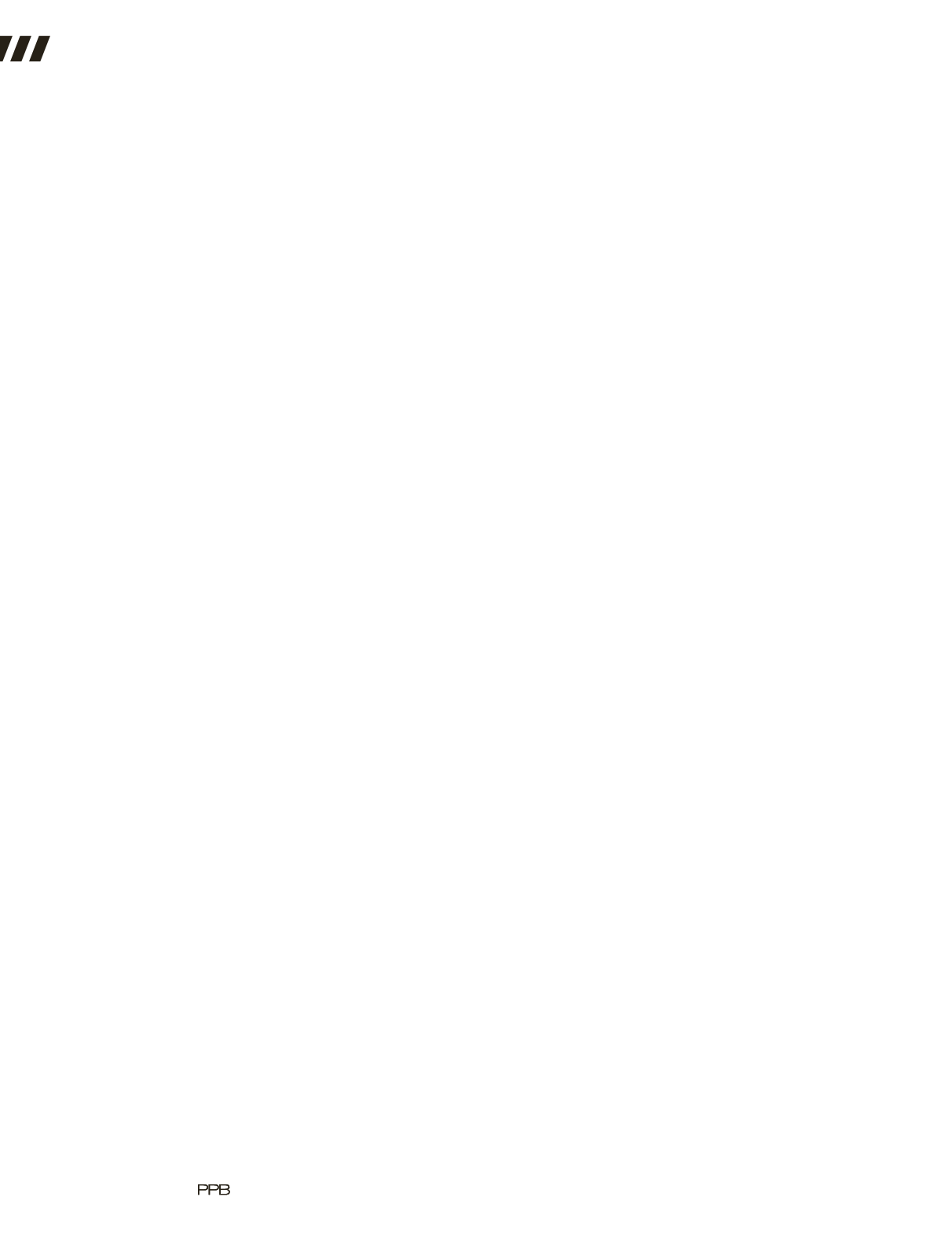

companies involved had to refund the retail
price of all those hoverboards, the total cost
would be more than $100 million.
In this challenging regulatory
environment, it is prudent for all suppliers
and distributors to redouble their efforts
to educate their employees on safety
and compliance basics, and to verify that
their company has a sensible compliance
program in place for all of its supply chain
activities, whether you work for a direct
importer or are simply a sales rep selecting
products from your favorite supplier. If
you sell promotional products, the rules
apply to you no matter what your role is in
the stream of commerce.
Here is a glossary of definitions, tips,
guidelines and best practices to use in
your review and training. Treat it like a
checklist to evaluate your own practices
and to identify areas for improvement.
Product safety is a process, not a
destination. You and your team can use
this list to trigger conversations and make
sure that your processes are keeping up
with your fast-growing company.
Definitions
Product Safety vs. Regulatory Compliance—
both are equally important.
Regulatory
compliance
refers to meeting (and,
ideally, exceeding) standards required by
regulators—the rules, laws and standards
that apply to the products we manufacture,
decorate and sell. Standards can either
be mandatory, such as those referenced
in state and federal law, or they can be
voluntary standards developed by industry
consensus at organizations like UL and
ASTM International. Both types are
important and both are used by regulators
in their enforcement efforts. The Consumer
Product Safety Improvement Act of 2008
(CPSIA) is an example of a federal law that
contains many regulations. For example,
it mandates that children’s products be
tested annually at a recognized third-party
laboratory and that children’s toys must
comply with the ASTM F963 Toy Safety
Standard. The lawmakes it illegal to sell
children’s products and children’s toys that
do not meet these requirements.
Product safety goes beyond regulatory
compliance in dealing with whether a
product is safe to use, even if it meets
every applicable rule or it is one of the
many products for which there are
no mandatory or voluntary rules. The
hoverboard recall is an example of a
product for which no safety regulations
were violated but the product was
deemed by CPSC to be unsafe anyway.
The commission has statutory authority
to recall any product it deems unsafe, no
matter what. Period.
Mandatory vs. Voluntary Standards—
both are equally important.
Whenever a
standard or rule is incorporated into a
law, that standard is mandatory. The Toy
Safety Standard F963 is a good example.
Originally a voluntary standard, it became
mandatory after the Mattel Barbie Doll
recalls in the summer of 2007, when an
angry Congress chastised industry for not
policing itself. There are thousands more
voluntary standards than mandatory
standards as it benefits everyone—
consumers, business and government—
when business and industry polices itself.
At PPAI’s 2015 Product Responsibility
Summit, Marc Schoem, then CPSC’s
long-term deputy director of compliance
(now retired) stated unequivocally that the
agency considers voluntary standards to
be the minimum acceptable—the least a
company should comply with. So be sure
to always find out, usually by speaking
to an expert at a testing lab, if there are
voluntary standards applicable to the
product you are selecting and then verify
that the product complies.
Best Practice Tips
1
You are responsible!
No matter who
you buy from, no matter how long
you have done business with that
supplier or factory—no matter what, you
are ultimately responsible for the quality,
safety and compliance of every product
you sell. Your customers don’t know your
factory or supplier. They’re doing business
with you because they trust
you
.
Of course
you will entrust a great deal of faith in
your reliable, high-quality suppliers. But
remember, even the largest and most
trustworthy brands on the planet—Apple,
Sony, Disney, Fisher Price and Johnson
& Johnson to name a few—all have had
major product recalls and serious quality
gaffes, so you can be sure that even the
most reliable companies in our industry
have quality and compliance issues. Don’t
take anything for granted and don’t assume
anything. Suppliers have hundreds and, in
some cases, even thousands of products on
their websites. No one has the resources to
be an expert in everything.
2
Nurture a product safety culture
in
every aspect of your work so that
you automatically think of safety and
compliance with each project you work
on, with each product you select, with
each order you take, with each supplier or
factory you work with and with each client
presentation you make. Always assume
responsibility for the safety, compliance
and appropriateness of the product
you are selling. You are 100-percent
responsible for making the right product
decisions for your clients.
3
Learn the industry products that are
subject to compliance requirements.
Anything used by a child heads the
list since the major focus of the Consumer
Product Safety Improvement Act (CPSIA)
is children’s products and children’s toys.
Children’s apparel and sleepwear are both
regulated by CPSC as are art materials such
as highlighters. Food, and all products
that come into contact with food, are
regulated by the U.S. Food and Drug
Administration (FDA). In addition to mints,
chocolate and other common promotional
foods, this category includes all types of
promotional water bottles, tumblers, lip
balms, hand sanitizers, sunscreens, lotions
78
|
SEPTEMBER 2016
|
FEATURE
|
The Case For Revisiting Product Safety
















